What is the future for design in Africa? Designer Hicham Lahlou shares possibilities for the continent at large
The Moroccan designer celebrates 30 years of his practice. Here he speaks from his studio in Rabat about his own career and the creative possibilities for design in Morocco and the rest of Africa
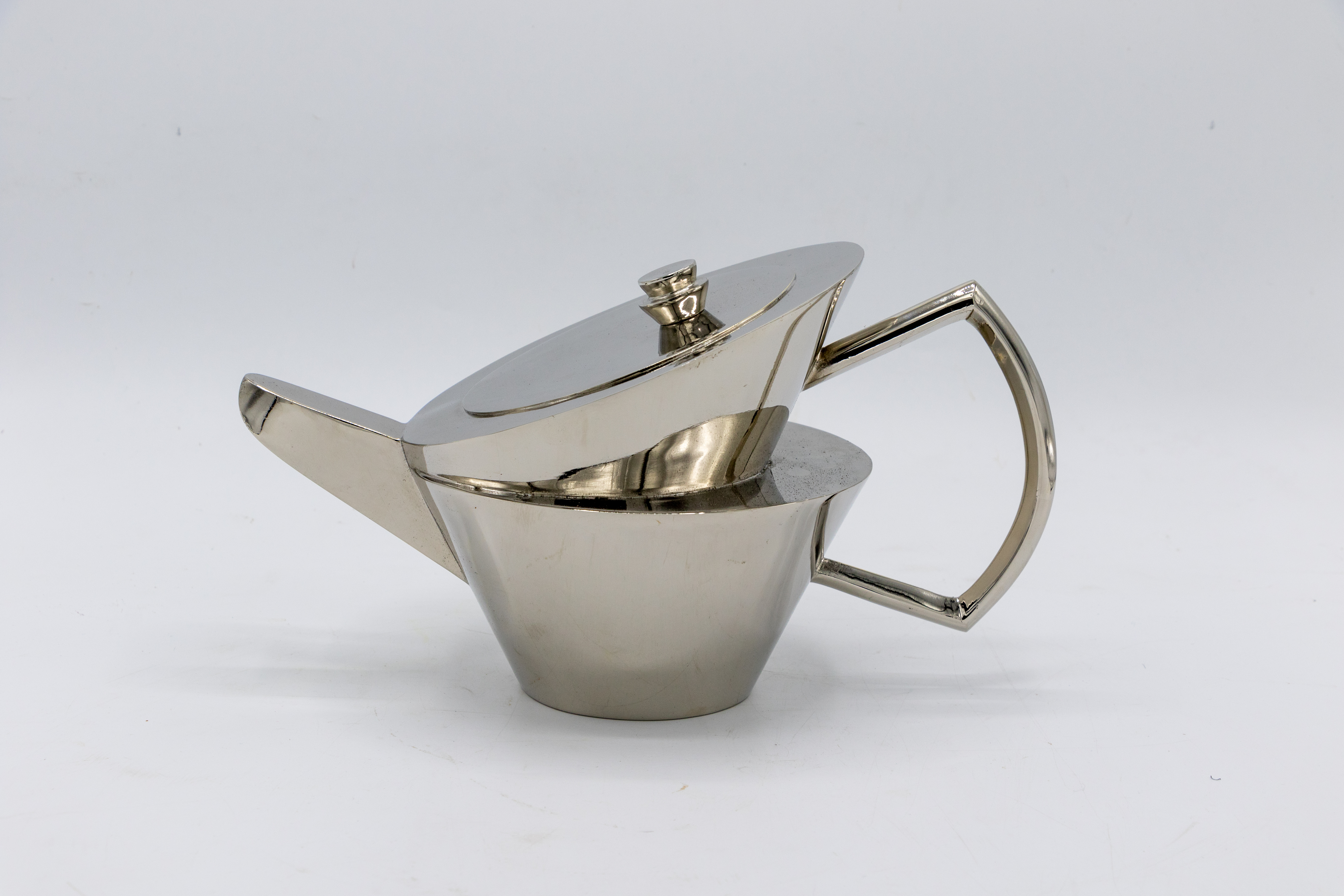
What is the role of a designer? It’s a question that Hicham Lahlou – who is both an interdisciplinary designer with projects and clients criss-crossing the globe, and also an advocate for contemporary design and designers across Africa – has long sought to answer.
Over a 30-career, Lahlou has become an undeniable voice in global design conversations. His ‘disco’ hookah pipe is in the permanent collection at the Victoria & Albert Museum; he was one of 60 designers selected to be featured in Milan Design Week’s 60th anniversary exhibit, in 2022; and in 2016 was awarded the Chevalier de l’Ordre des Arts et des Lettres by the French Republic. As he prepares for the 30th anniversary of his practice, he speaks from his studio in Rabat, Morocco, about his personal journey and the collective possibilities for the continent at large.
In conversation with Hicham Lahlou
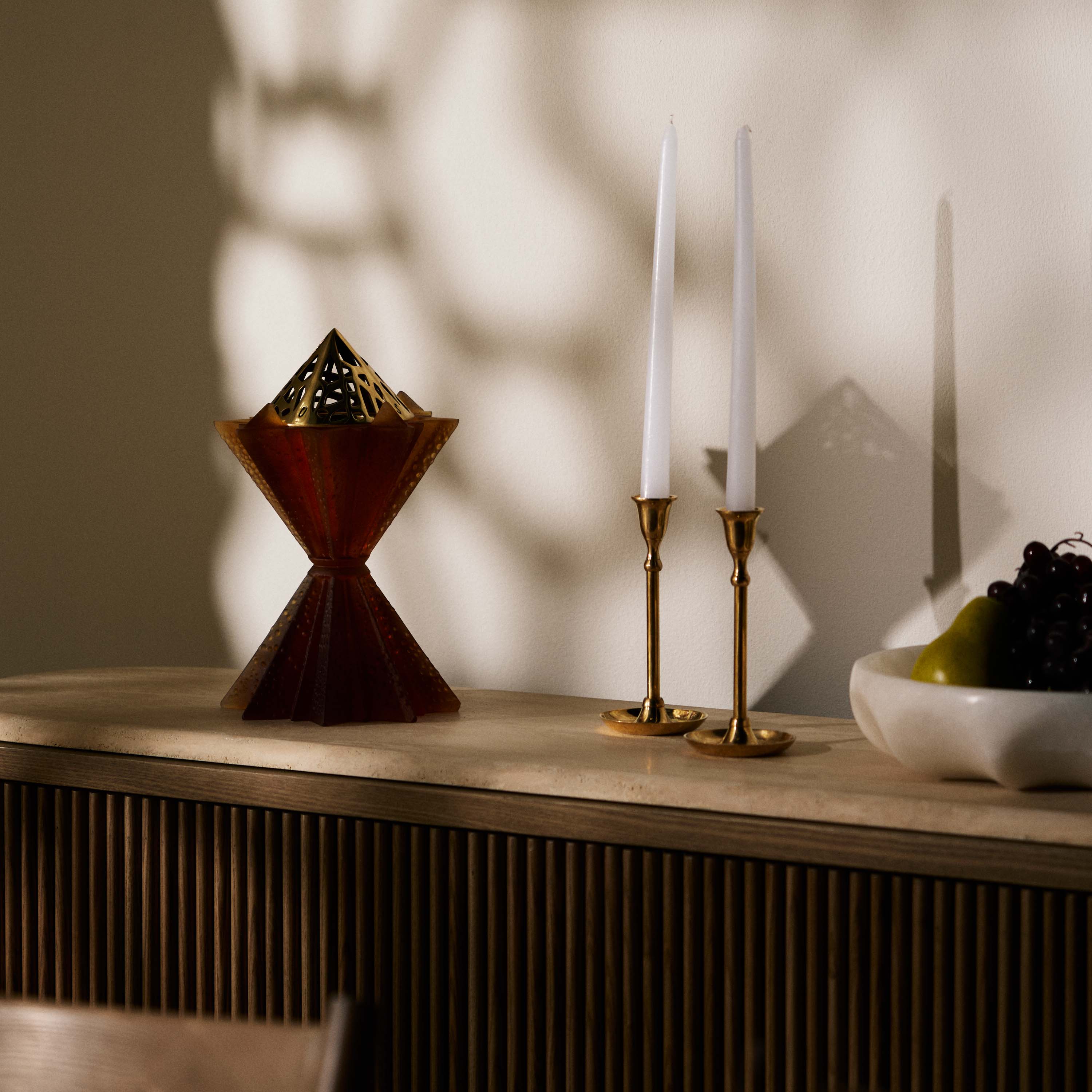
Wallpaper*: When did a career in design feel like an inevitability and what is your earliest design-related memory?
Hicham Lahlou: My earliest memory was when I was seven or eight, at the Royal Golf Dar Es Salam here in Rabat. My dad was a golf player, but the club itself had beautiful furniture, masterpieces really, and it was these chairs by Warren Platner that were my first interaction where I thought, ‘Wow, this is how someone creates something.’
‘Chairs by Warren Platner were my first interaction where I thought, “Wow, this is how someone creates something”’
Hicham Lahlou
W*: You studied in Paris at the Académie Charpentier and the Académie de la Grande Chaumière for a degree in Interior Architecture and Design. Given that your formative years were in Africa, how do you feel that training in Paris informed your approach to design?
HL: I used to travel a lot with my parents, not only to France, but it was interesting for me, being there as a student. I can remember renting my first apartment, not far from the Jardins du Luxembourg and Montparnasse. I was there for many years before and after, and when you are in Paris, you interact with architecture and design all the time, every day, so it means you get some influences, you get some references. [Being] there got me into an interdisciplinary way of thinking. And then you build yourself, [because] you sculpt your interiority.
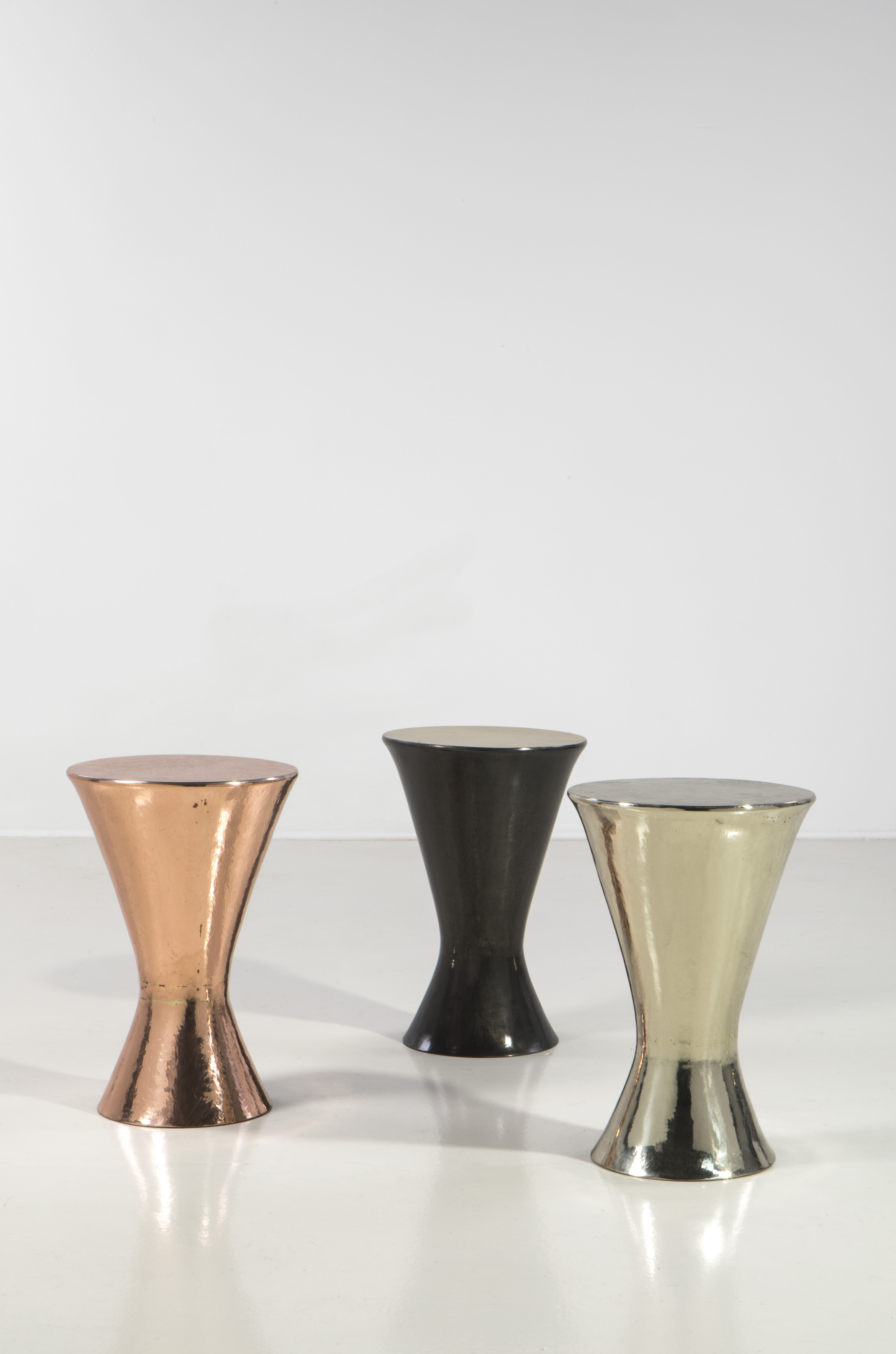
‘Dakka Dakka’ collection
W*: Once you graduated, was a return to Rabat inevitable? And how did building a practice in Morocco become essential to fulfilling your creative vision?
Receive our daily digest of inspiration, escapism and design stories from around the world direct to your inbox.
HL: No [return was not inevitable]; I travelled a lot. I was moving a lot in Europe, going to fairs and being invited to show in different exhibitions. When you start to be recognised outside your country, you have to figure out ‘how can I have my place?’ It can feel like a fight. Afterwards, I decided to come back to Morocco to work, in 1996. It was [during] the beginnings of interior architecture and I wanted to contribute fully. That’s not to say that before me there was nothing. Africa has so many old civilisations and cultures, and when you come from a country like Morocco, which is a gateway to Africa (being very close to Andalucia and the Middle East), you feel you are already used to multi-cultures. I knew where I was from and where I was returning to, and that's how I decided to work on projects in Europe and Africa, and later on the Middle East too.
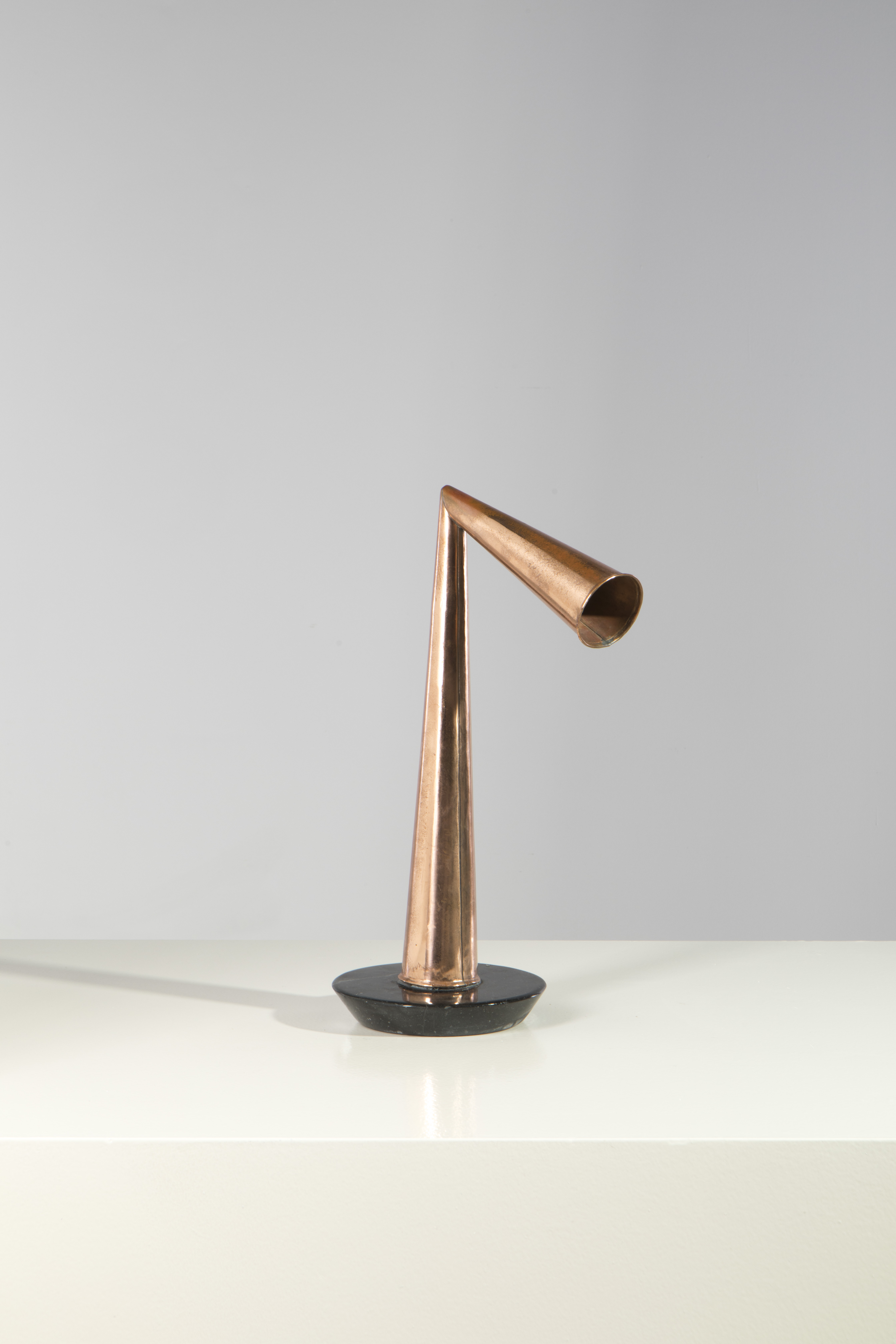
'Pink one' lighting design
W*: Why was it so important for you to position yourself as an interdisciplinary designer?
HL: It was very important for me to show that design is not decoration. Design is really helpful for human development. It can be the public sector, it can be the private sector, but we should be thinking of how design can alleviate social problems, celebrate our mosaic of culture and how we can use design for innovation. When I was in school there was talk of Charles Rennie Macintosh, Mies Van Der Rohe, Achille Castiglioni and many, many other names and you think, ‘Wow, imagine if one day I can be part of it? Why not? I come from an amazing continent.’ Also, Morocco is often said to be part of the ‘Arab World’, but this is a very new concept, and it is the heritage of colonisation. I was born in Africa. I am from here. And my design practice is about me sending a message; we give culture, we give love, we give technique, we mix materials.
‘I was born in Africa. I am from here. And my design practice is about me sending a message; we give culture, we give love, we give technique, we mix materials’
Hicham Lahlou
W*: You have worked extensively with designers, municipalities and heritage houses. How do you bring your own design credo to wider projects?
HL: As a firm, we believe in collaboration. For example, we designed the [stations for the] first high-speed train line in Morocco, including the furniture, the interiors, working for over two years with the National Office for Moroccan Railways and other stakeholders. We also designed bus shelters in Fez and Rabat, taking inspiration from Moroccan architecture and Zelige art. I also did a collaboration with [French porcelain manufacturer] Haviland and developed a limited edition collection named ‘Morocco’ that was rooted in our design codes.
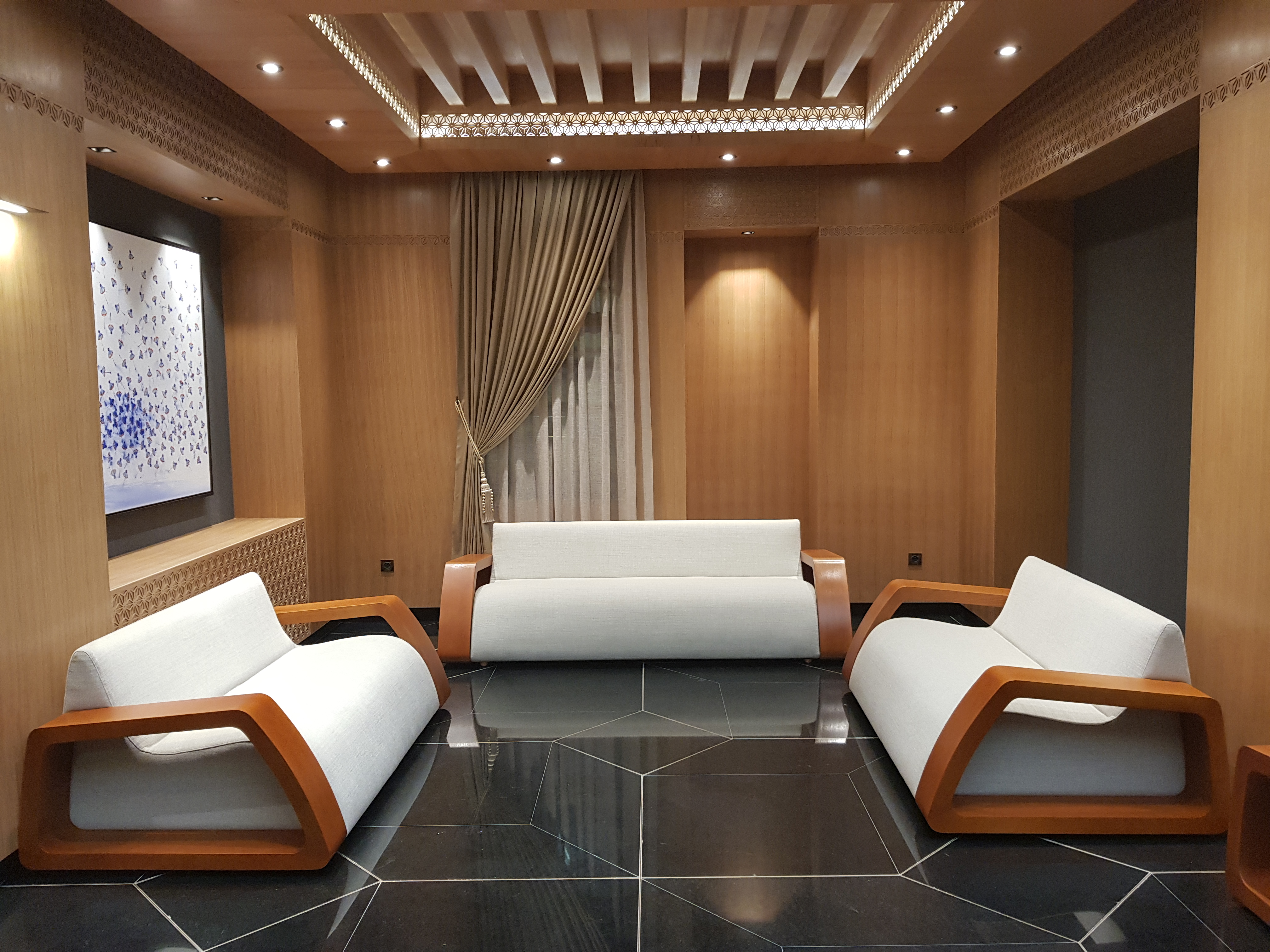
I started to collaborate with [French crystal manufacturer] Daum in 2008. It was a big opportunity, as they have been going for more than 145 years and are known for decorative arts. They had worked on several animals, but I developed the oryx, as it is a very recognised symbol in the Middle East, and you also have the African oryx. It was important for me to show that these two parts of the world are connected.
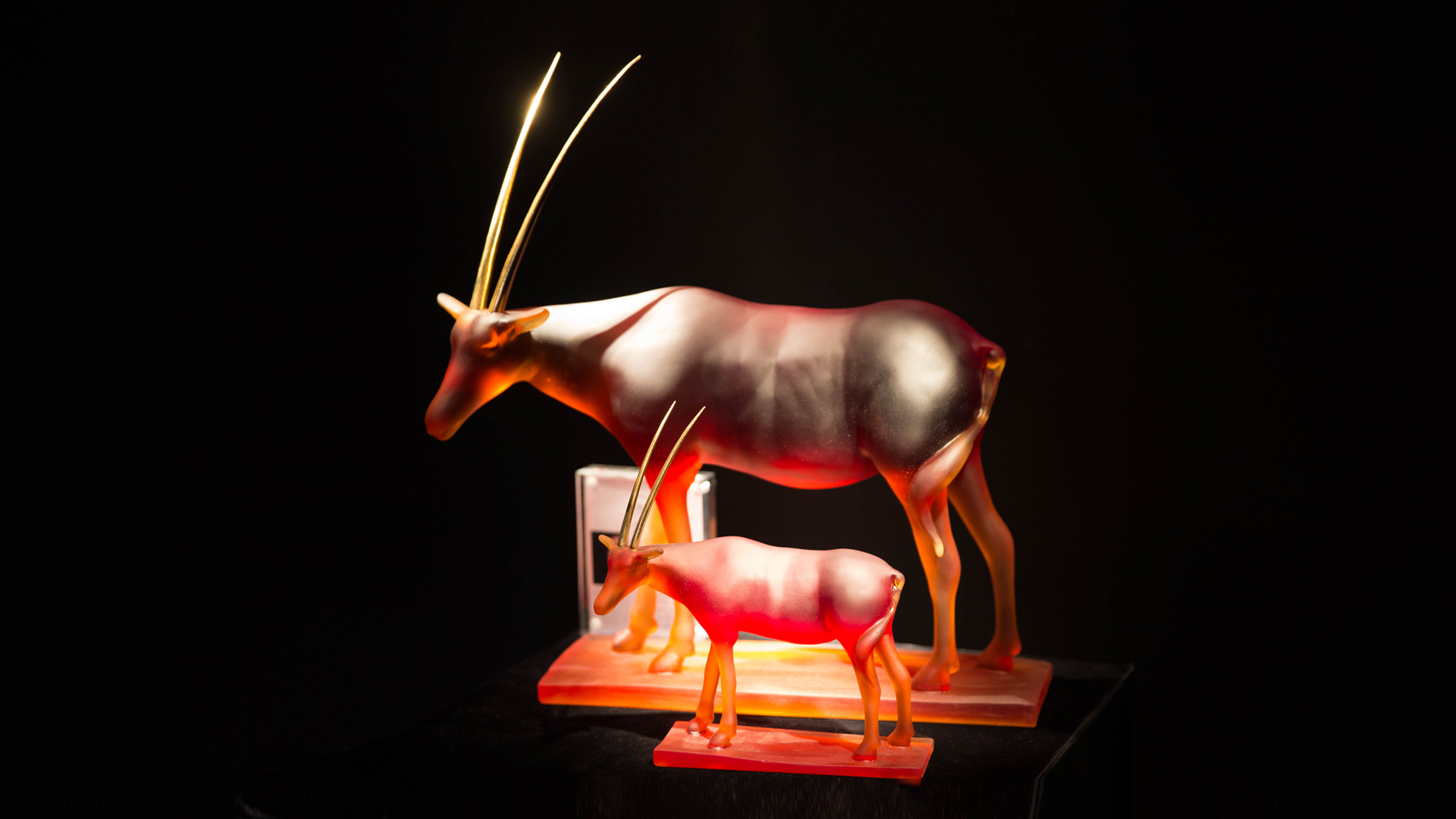
I also did a collaboration with Daum and my fellow African brother Cheik Diallo, with whom I first connected at the International Design Biennale in Saint-Etienne in 2000. We worked on the project [a design object] from 2020 until 2025. It was a long time in development. I travelled to [see him in] Mali and we travelled together to Paris, and we finally came up with ‘Constellation’, inspired by the Dog Star but also related to two civilisations, the Marinid Dynasty of Morocco and the Dogon of Mali. Both civilisations had a high knowledge of architecture, geometry and the cosmos, and so we included design motifs from each. [The piece] is an incense burner, but for us, it is a masterpiece that sits between a design object and art.
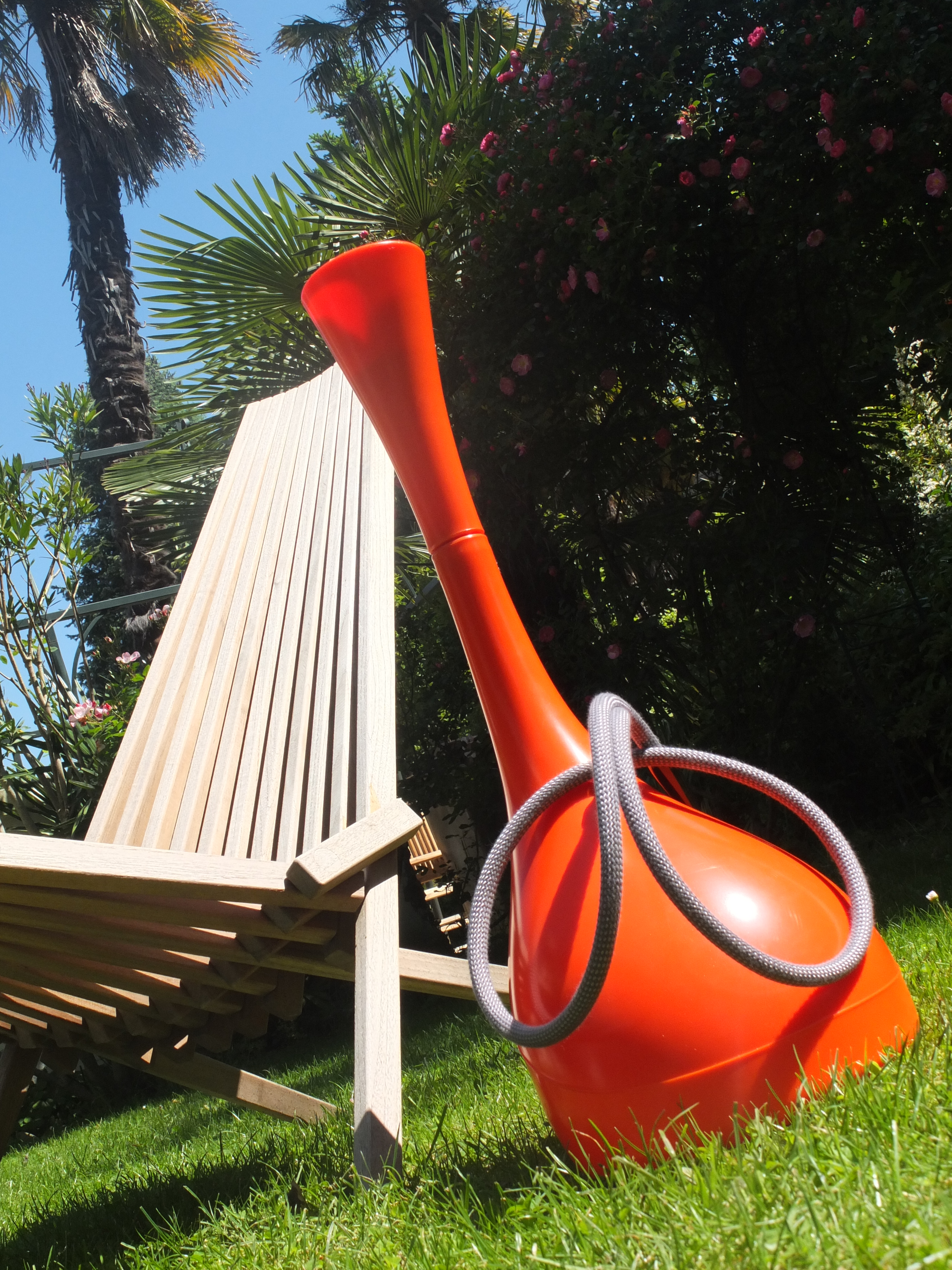
‘Narguilé Disco Pipe’ for Ardiem
W*: Advocacy and developing Africa’s design ecosystem have become personal missions of yours; how did this come about?
HL: Africa is five regions, but actually there is a sixth, the world of people of African descent living outside the continent. As I kept on being invited around the world, I kept on thinking how, with all its traditions, hand crafts, and 2,200 languages spoken, Africa is still not much known [for its design]. So, I decided to do something. I reached out to Professor Mugendi K M’Rithaa and together we co-authored African Generation: The Power of Design. I also [founded] African Design Days in 2017 with the World Design Organization here in Rabat. Can you imagine how much work, how much organisation that involved? But it was essential to create ways for us all to connect, for the younger generation to learn and be inspired. There is still a lot of work to do. I am working on an African Design Academy; we are still looking for investors to build the school, but we have started a partnership to teach an executive master's in Design Thinking and Innovation. I am very happy because we just launched the project at the end of May; we are going step by step.
‘In design, I think we should be talking more about what is happening on the African continent, and how it intersects with what is happening globally’
Hicham Lahlou
W*: What would you like your design legacy to be?
HL: Thinking of my 30 years in design, I think things should not just be self-focused. In design, I think we should be talking more about what is happening on the [African] continent, and how it intersects with what is happening globally. I grew up in a family; we talked about Africa, visiting my cousins between Senegal and Morocco, eating [Moroccan] tagine and [Senegalese] thieboudienne – it was very open. As I got older, I travelled more, discovered other designers and realised there is so much more creativity that we need to promote collectively. I don’t want to be ‘the only’ or ‘other’.
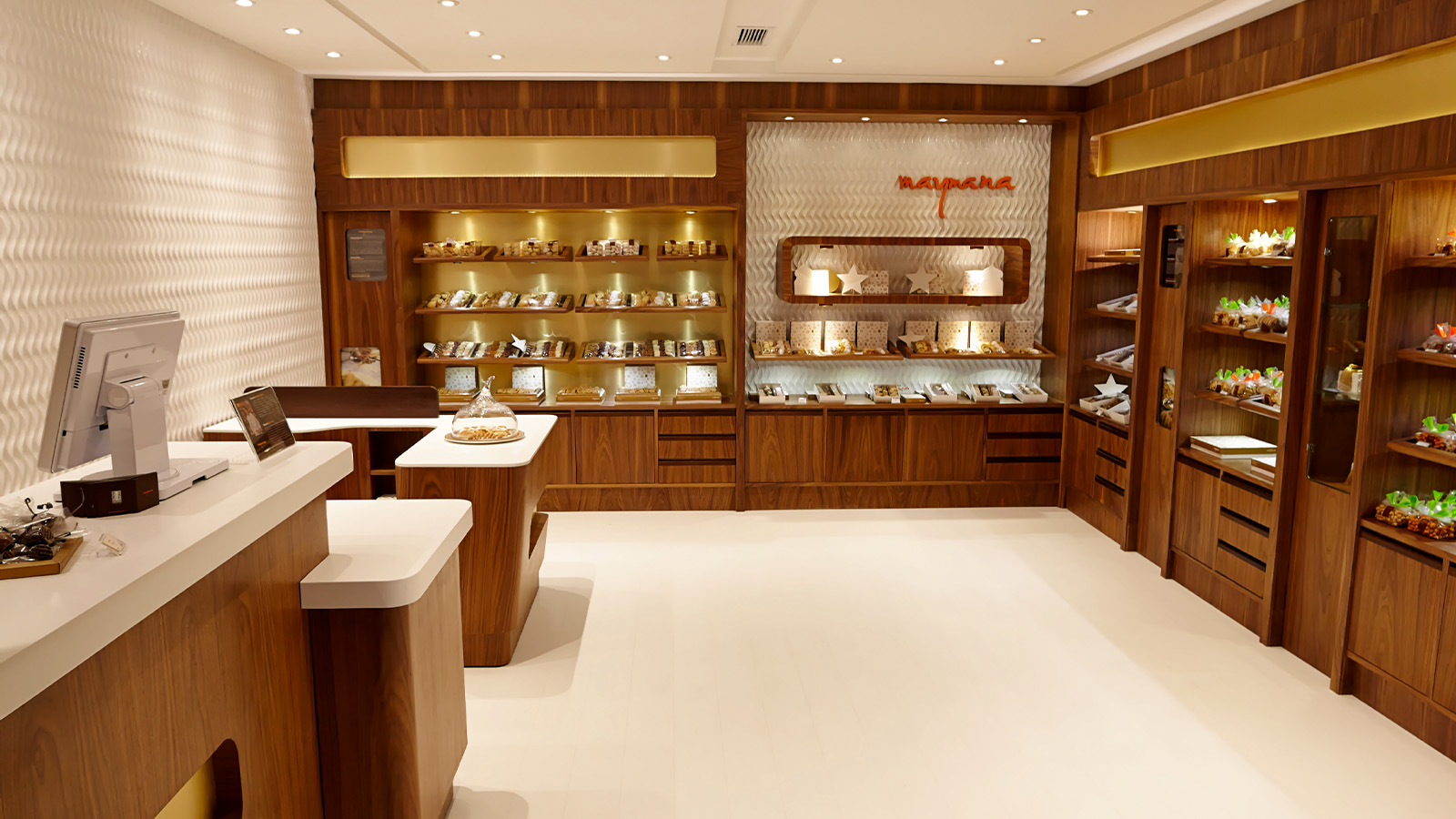
Interior design for Maymana
Mazzi Odu is a Ugandan-British writer, editor and cultural consultant based in Lagos, Nigeria. Her work focuses on jewellery, design, fashion and art. An alumna of the London School of Economics and Political Science, she has profiled a cross section of leading design talents and creative voices, with a special emphasis on those from the Global South and its Diaspora communities.
-
 Seven covetable accessories designed to improve your Apple experience
Seven covetable accessories designed to improve your Apple experienceWe present a clutch of cultured accessories for all things Apple, from chargers to cases, straps and keyboard covers
-
 How Abidjan's Young Designers Workshop is helping shape a new generation of Côte d'Ivoire creatives
How Abidjan's Young Designers Workshop is helping shape a new generation of Côte d'Ivoire creativesIn the first in our Design Cities series, we look at how Abidjan's next generation of creatives is being nurtured by an enlightened local designer
-
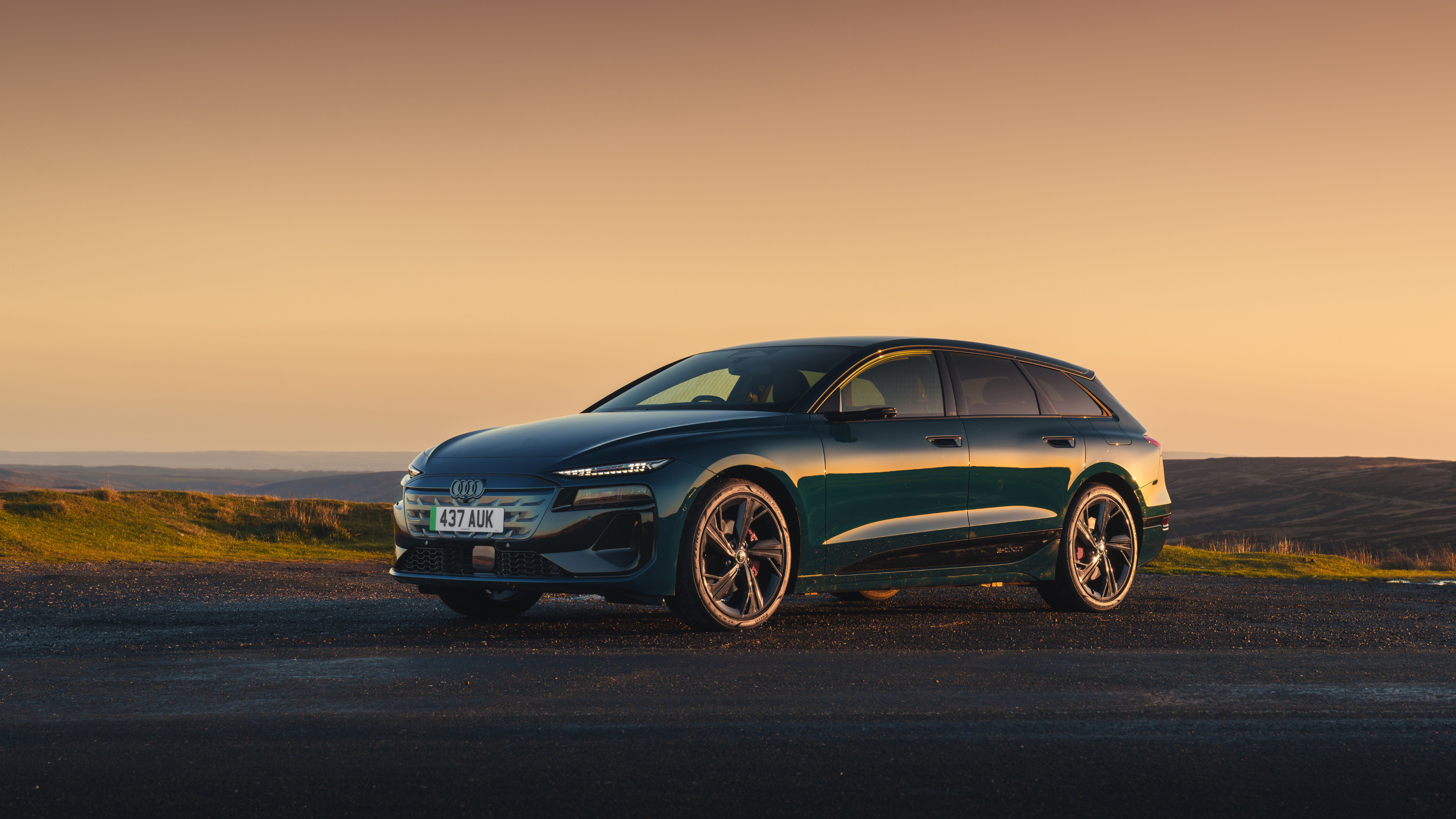 A tale of two Audis: the A5 saloon goes up against the A6 Avant e-tron
A tale of two Audis: the A5 saloon goes up against the A6 Avant e-tronIs the sun setting on Audi’s ICE era, or does the company’s e-tron technology still need to improve?
-
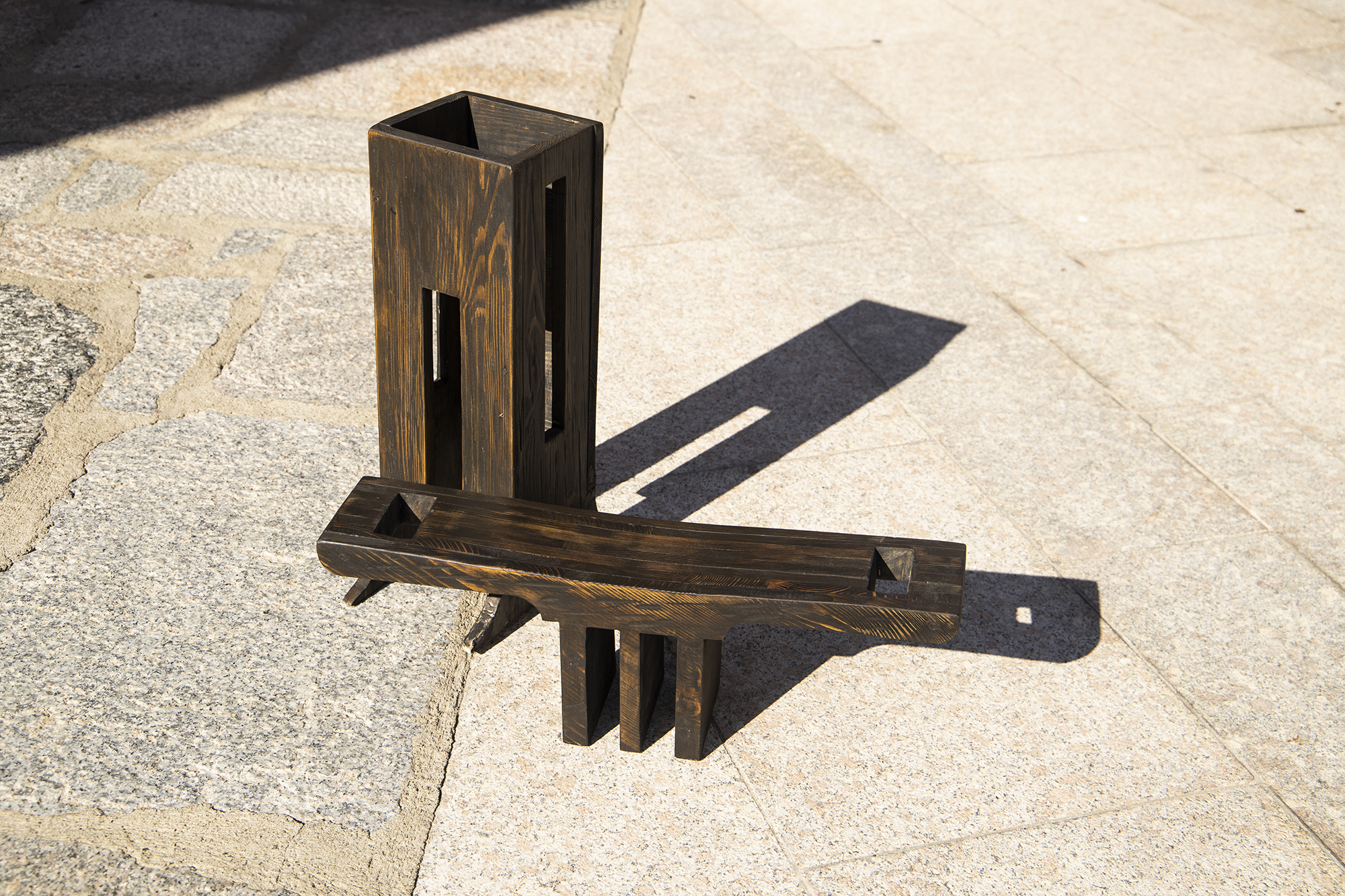 Abreham Brioschi’s furniture is inspired by his native Ethiopia
Abreham Brioschi’s furniture is inspired by his native EthiopiaRising talent Abreham Brioschi draws on his native African roots to create futuristic forms inspired by tradition and symbolism
-
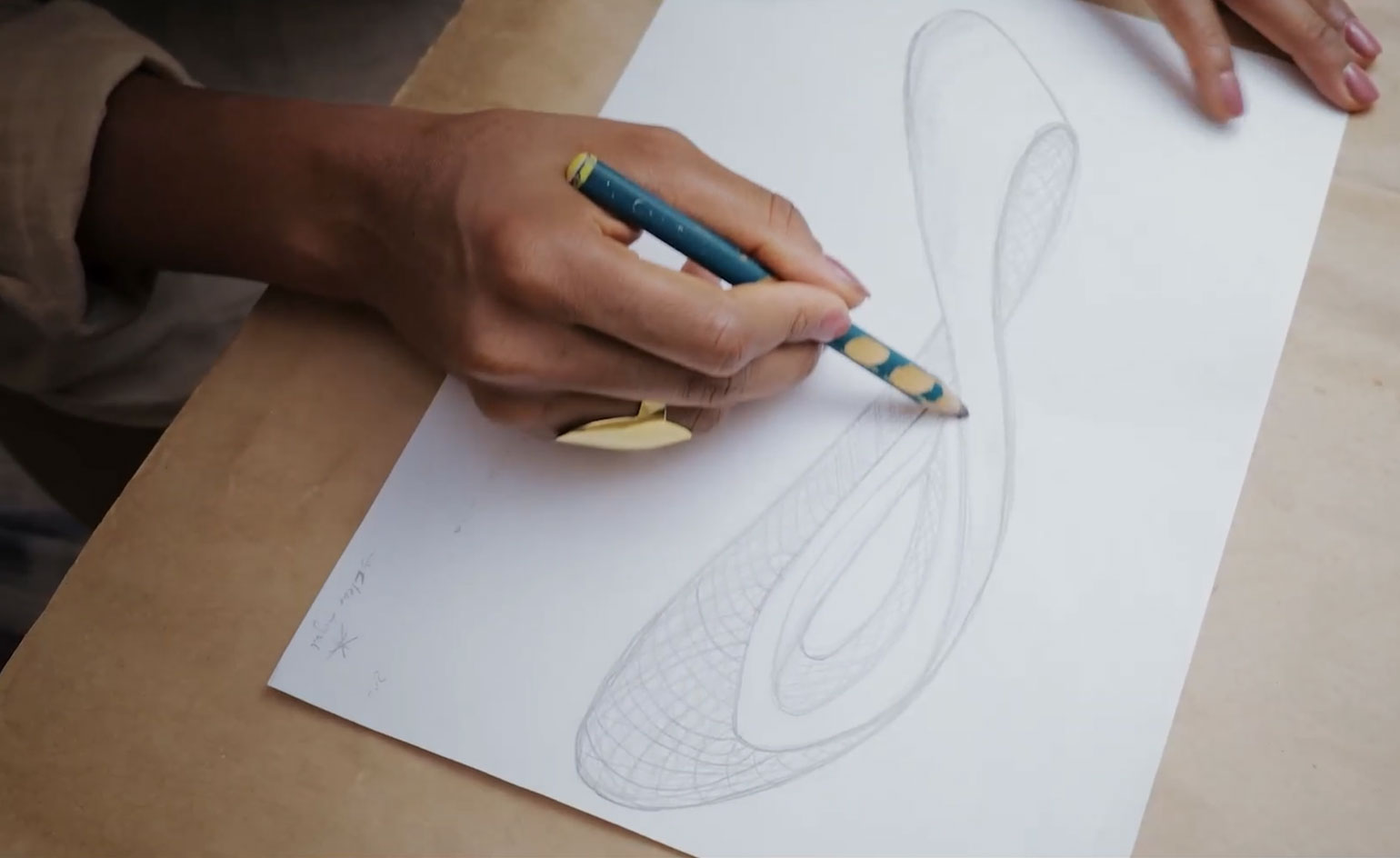 Netflix celebrates African talent in new documentary series
Netflix celebrates African talent in new documentary seriesMade by Design is Netflix’s new documentary series highlighting African creative talent, with the first season dedicated to Nigerian design
-
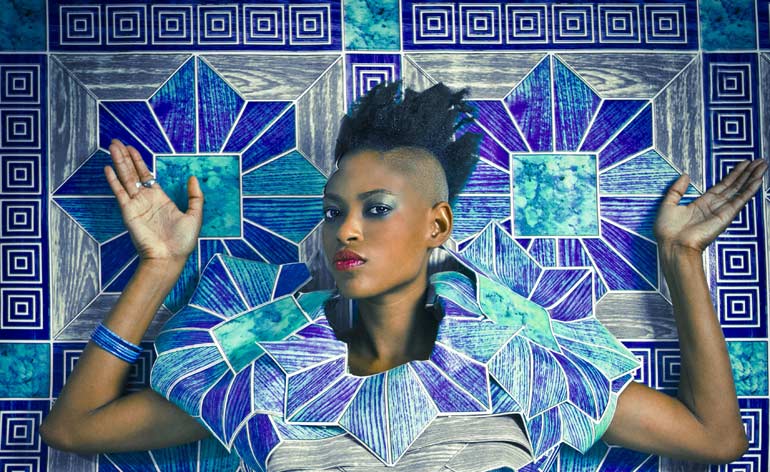 Vitra Design Museum unmasks the new face of African design
Vitra Design Museum unmasks the new face of African design -
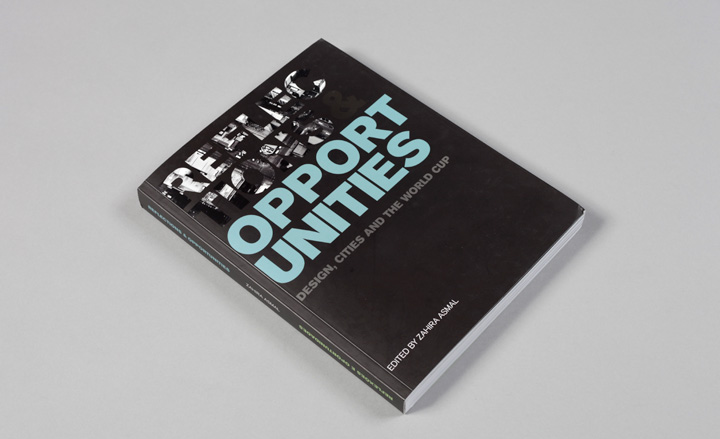 Reflections & Opportunities: Design, Cities and The World Cup
Reflections & Opportunities: Design, Cities and The World Cup